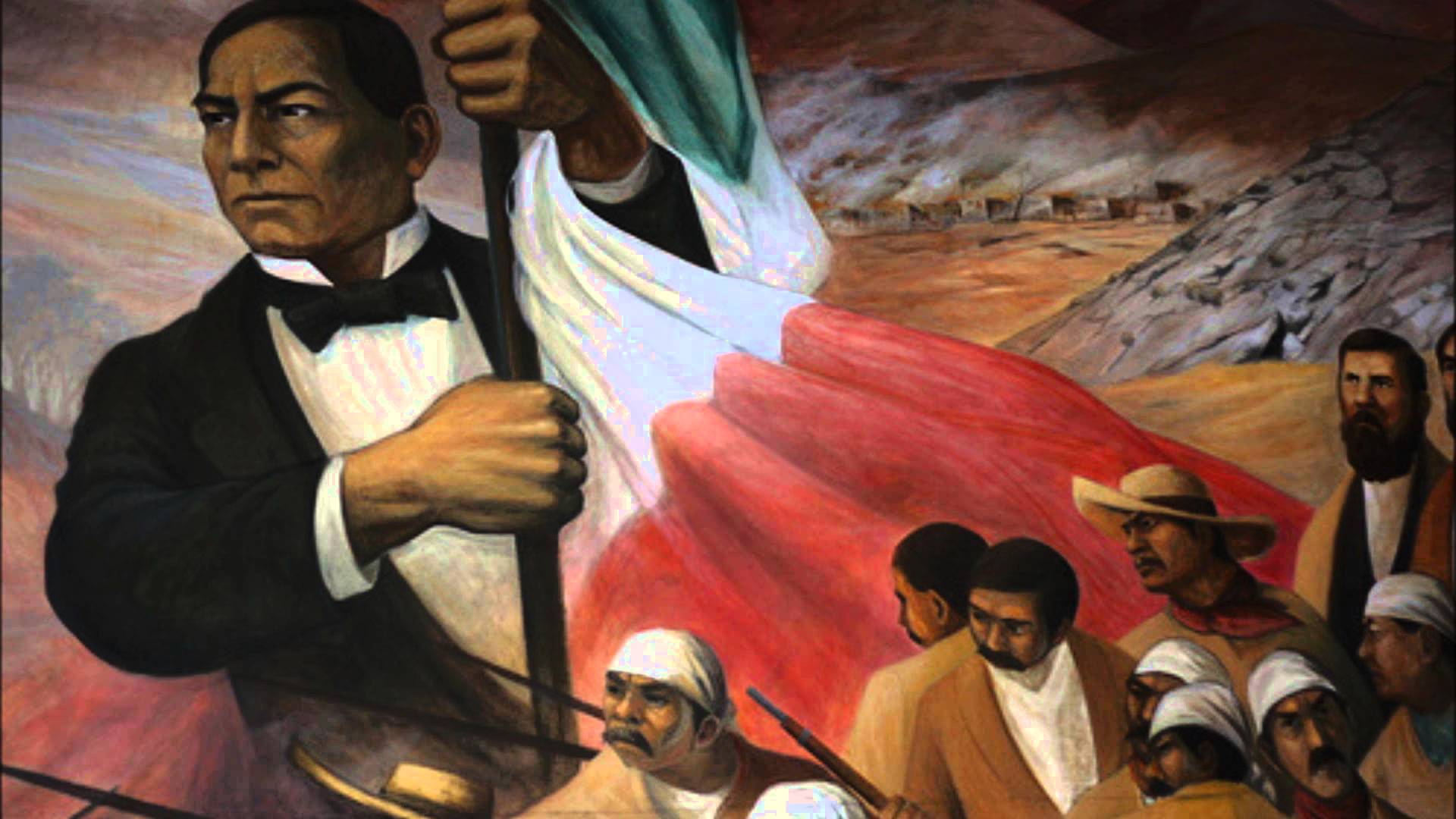Trouble in Mexico
Part 1 of 1: Read the following information regarding political in turmoil after Mexico’s independence movement. Then summarize the reading into 1 sentence.
Antonio López de Santa Anna was a leading figure in the early history of independent Mexico. He fought to win independence from Spain and led in another war when Spain tried to recapture Mexico. He served as president four times, shrewdly changing his positions in order to retain power.
In the 1830s, though, he was unable to prevent people in Texas from winning their freedom from Mexico. In the 1840s, the United States annexed Texas, which angered many Mexicans. When a border dispute broke out, the United States invaded Mexico. Santa Anna led his nation’s army and was defeated. Mexico had to surrender huge amounts of land.
Another important leader of the middle 1800s was Benito Juárez. A Zapotec Indian, Juárez wanted to improve conditions for the poor in Mexico. He led a movement called La Reforma— the reform—that aimed at breaking the power of the large landowners and giving more schooling to the poor. He and his liberal supporters won control of the government in the late 1850s. The conservatives who opposed them did not give up, however.
They plotted with France to retake Mexico. In 1862, Napoleon III of France sent an army that captured the country in 18 months. He named a European noble as emperor. But, Juárez and his followers kept fighting. In 1867, they drove the French from Mexican soil and killed the emperor. Juárez once again pressed for his reforms. He made some progress but died in office in 1872. Soon after, a new leader emerged. Porfirio Díaz dominated Mexican politics for more than 30 years. Díaz brought order to the country and encouraged economic growth. However, he sharply limited political freedom.
In the early 1900s, calls for reform got louder. Leaders “Pancho” Villa and Emiliano Zapata gathered support with their demand for better lives for the poor. They raised small armies and forced Díaz to step down. Fighting continued, however, for many years as several leaders struggled for power. In the midst of this turmoil, Mexico adopted a new constitution in 1917. It called for breaking up large landholdings and for limits on foreign ownership of business. It promoted the right to strike for workers and promised some rights for women. Conflict continued until a new political party gained control of Mexico in 1929. The Institutional Revolutionary Party (PRI) brought peace and political stability to a troubled land.
